カタカナ
Katakana
Katakana (片仮名, literally "fragmentary script") is used for used for writing foreign words incorporated in Japanese, transcription of foreign words and names, onomatopoeias, scientific names, and for emphasis. It is often compared to the use italics in English, though there are many differences.
Like it's sister script Hiragana, it consists of 5 pure vowels, 42 consonant-vowel combinations, and a coda (or nunation) mark. Each character represents a complete syllable, with the exception of the coda, which indicates a ~n (or less commonly ~m) termination.
Like it's sister script Hiragana, it consists of 5 pure vowels, 42 consonant-vowel combinations, and a coda (or nunation) mark. Each character represents a complete syllable, with the exception of the coda, which indicates a ~n (or less commonly ~m) termination.
Related Lessons
関連レッスン
ひらがな
Hiragana
Hiragana (平仮名, literally "smooth script") is used for native Japanese words, especially grammatical particles, suffixes and informal slang. Word roots, including native Japanese nouns, are mostly written in Kanji, the Chinese-based characters. Nearly all sentences in Japanese require a combination of both Kanji and Hiragana, with occasional Katakana.
Although the characters themselves comes from a cursive form of Chinese, the order - called 五十音 (gojyuon) "The Fifty Sounds" - comes from Sanskrit. This is due the fact that it was invented by Buddhist monks who often read Sanskrit texts.
Although the characters themselves comes from a cursive form of Chinese, the order - called 五十音 (gojyuon) "The Fifty Sounds" - comes from Sanskrit. This is due the fact that it was invented by Buddhist monks who often read Sanskrit texts.
Related Lessons
関連レッスン
漢字
Kanji
Kanji (漢字, literally "Chinese characters") are logographic characters, typically used to represent word roots, though they can also represent entire words. While they are based on Chinese writing, they are not identical to those in use today, as the Japanese characters as well as the Simplified and Traditional Chinese systems have all undergone divergent changes. Many however remain mutually intelligible, despite a high degree of difference between the spoken languages.
The Kana characters are used alongside Kanji, even in the same word, to provide grammatical information and suffixes.
To better understand Kanji, an analogy can be drawn between it and the use of Greek and Latin roots in English. For example the eu used in euphoric and and the u in utopia both mean "good", but have slightly different pronunciations. Imagine if "good" were represented by a single character like ☺, producing ☺phoric and ☺topia.
Because the beginning of words can usually be determined by the use of Kanji, written Japanese does not separate words with spaces except in children's books and learning materials.
The Kana characters are used alongside Kanji, even in the same word, to provide grammatical information and suffixes.
To better understand Kanji, an analogy can be drawn between it and the use of Greek and Latin roots in English. For example the eu used in euphoric and and the u in utopia both mean "good", but have slightly different pronunciations. Imagine if "good" were represented by a single character like ☺, producing ☺phoric and ☺topia.
Because the beginning of words can usually be determined by the use of Kanji, written Japanese does not separate words with spaces except in children's books and learning materials.
ローマ字
Roman Letters
The Japanese writing system uses three different native alphabets, each with its own purpose: Katakana, Hiragana and Kanji. It also can employ the use of Romaji (ローマ字, literally "Roman letters") to specify pronunciation or communicate other qualities like brand or foreignness. Romaji is pronounce using Latin sounds like those similar to Spanish, Italian and other Romance languages.
When Hiragana is used to specify the pronunciation of Kanji it is called Furigana. In ours lessons we use a mix of both furigana and romaji pronunciation guides.







 French
French Spanish
Spanish English
English Italian
Italian German
German Portuguese
Portuguese